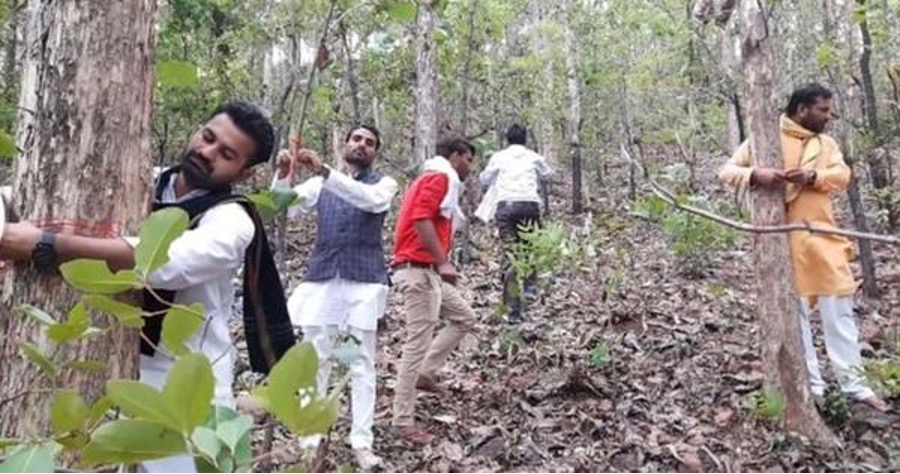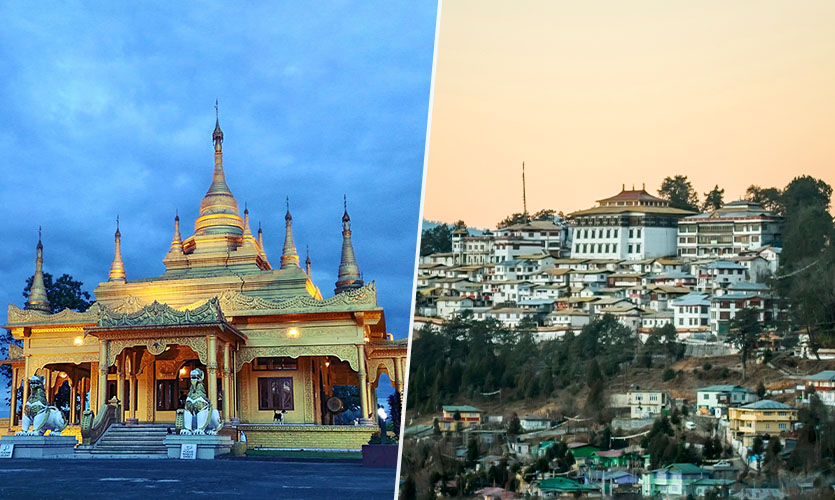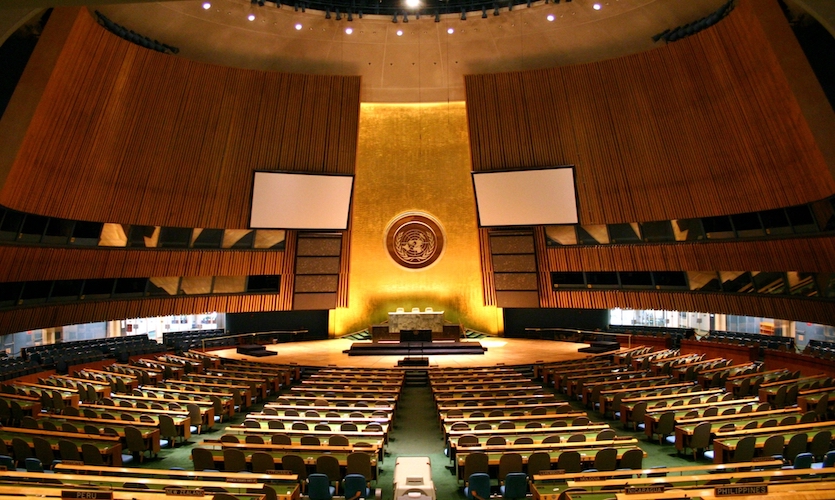A movement to conserve Madhya Pradesh’s Buxwaha forest is gathering traction, as a diamond mining project spearheaded by Aditya Birla group’s Essel Mining & Industries Limited (EMIL) threatens to cut down over two lakh trees while also increasing air and water pollution. Furthermore, the implementation will alter the biodiversity of the surrounding terrain.
The planned project covers 384 hectares in the Buxwaha Protected Forest, close to the village of Sagoria. The project is located around 80 kilometres from the district headquarters of Chhatarpur and 260 kilometres from the state capital of Bhopal. The block’s estimated resources are roughly 53.70 million tonnes of kimberlite ore containing around 34 million carats of rough diamonds.
According to media sources, EMIL intends to build highly automated opencast mine and diamond processing facilities. The project is expected to cost ₹2500 crores. EMIL is now in the process of acquiring different regulatory approvals such as Mine Plan and, Environment and Forest clearances necessary for a mining license. The firm intends to complete the Mining Lease by the end of 2022 and subsequently begin mining operations.
Tribes And Their Livelihoods At Stake
The block is made up of above 7000 inhabitants across the tribes that live in the forest and rely on forest goods for a living. Amit Bhatnagar, a volunteer with ‘Buxwaha Jungle Bachao Andolan’ said, “The region is still considered backwards. Around 7,000 villagers of the 17 tribal villages in the territory depend solely on forest products, like Mahua, Tendu leaves, Chironji, Aamla, etc, for their livelihood. The proposed mine would snatch away their income sources. For example, Mahua earns a family about ₹40,000 to ₹1,00,000 in a season.”
However, the assessment report filed by Chhatarpur’s Chief Forest Conservator (CFC) on January 2, 2021 said that the tribes in the region were “not dependent” on the forest and that “no tribal right has been recognised in the area”.
“We regularly visit the forest and the tribal villages. They [the tribal locals] have shown no resentment about the project. Rather, they are happy that the mines would bring employment opportunities for them,” said Anurag Kumar, District Forest Officer (DFO) to the Quint.
When completed, the project would clear the area by felling over two lakh trees and will require an estimated 5.9 million cubic metres of water per day, which will be achieved by building a dam and diverting a seasonal canal capable of storing up to 17 million cubic metres.
Commenting on their livelihood if the mine materialises, the DFO said that the planned mining region is merely a portion of the forest (area) where the tribal community ventures.
The top three diamond deposits states in India, according to the Indian Bureau of Mines (IBM), are Andhra Pradesh, Chhattisgarh, and Madhya Pradesh. Madhya Pradesh alone contributes 90.18 percent of the total production.
What Is At Stake?
According to estimates, the mine has the largest diamond reserve in Asia. Previously, the project was handed to Rio Tinto, Australia’s largest diamond miner in 2006. IBM had conditionally authorised the mine proposal in Buxwaha, which included 954 hectares. However, the proposal was met with strong resistance, and the government withdrew approval in 2016, citing concerns that it would threaten a rich forest region and a tiger corridor between the Panna Tiger Reserve and the Nauradehi Wildlife Sanctuary.
The Australian company left the project in 2017 after investing around $90 million over 14 years. The MP government has issued a new request for proposals for the diamond mining project. However, it had restricted the mining area to more than half of what Rio Tinto had initially leased. The official never offered a precise explanation, but it was primarily due to negative press.
Read more: IEA Urges Countries To End Their Fossil Fuel Investments
Petitions And Local Protests
Concerned citizens have organised a countrywide protest and internet awareness campaign under the hashtag #savebuxwahaforest.
On June 5, to commemorate World Environment Day, a group launched an initiative of the symbolic Chipko movement and invited individuals from all areas to join the campaign to raise awareness. Environmentalists have set up social media accounts to raise awareness about the problem. On May 20, the ‘#SaveBuxwahaForest’ was among the top 10 trending topics on Twitter.
In addition, a human chain was created in front of the divisional commissioner’s office in Indore, in support of the demand to conserve the ecology and the forest, led by former attorney general Padma Shri Anand Mohan Mathur.
“Our protests started prominently in the last couple of months. But we had to limit our opposition because of the pandemic. Gradually, we shall enhance our protests and if the need arises, we can also resort to mass mobilisation. We have established a national core committee and are in the process of making village-level committees to raise awareness,” said Bhatnagar, who lives in Chhatarpur’s Bijawar.
Previously, a public interest litigation (PIL) was filed against EMIL with the Supreme Court to halt the diamond mining project. Another activist, Dr. P.G. Najpande, petitioned the National Green Tribunal (NGT) to overturn the diamond mine’s permit.
DFO Kumar, on the other hand, rejected the objections by stressing the economic benefits of mining in the Buxwaha forest. He said, “It is only outsiders that are coming here and protesting. Locals seem to be welcoming the mine.”










